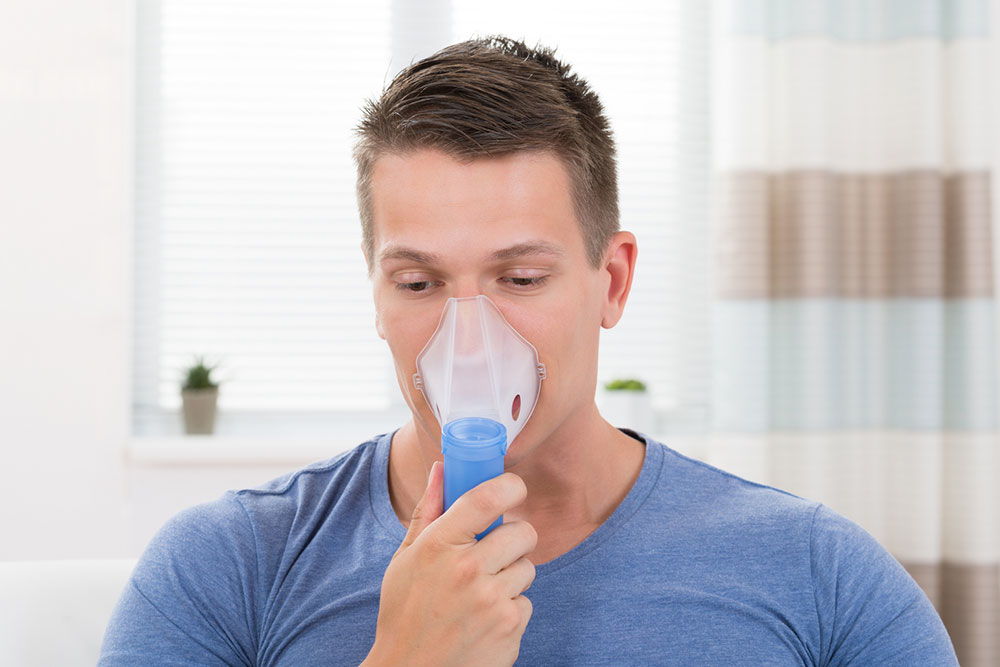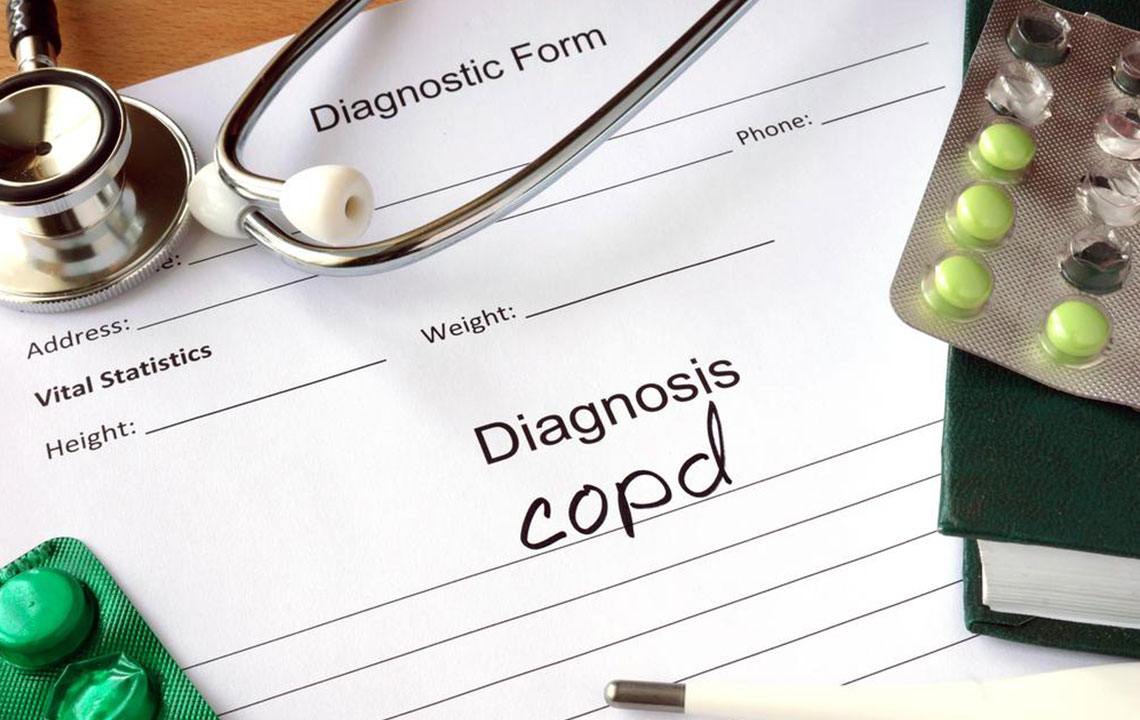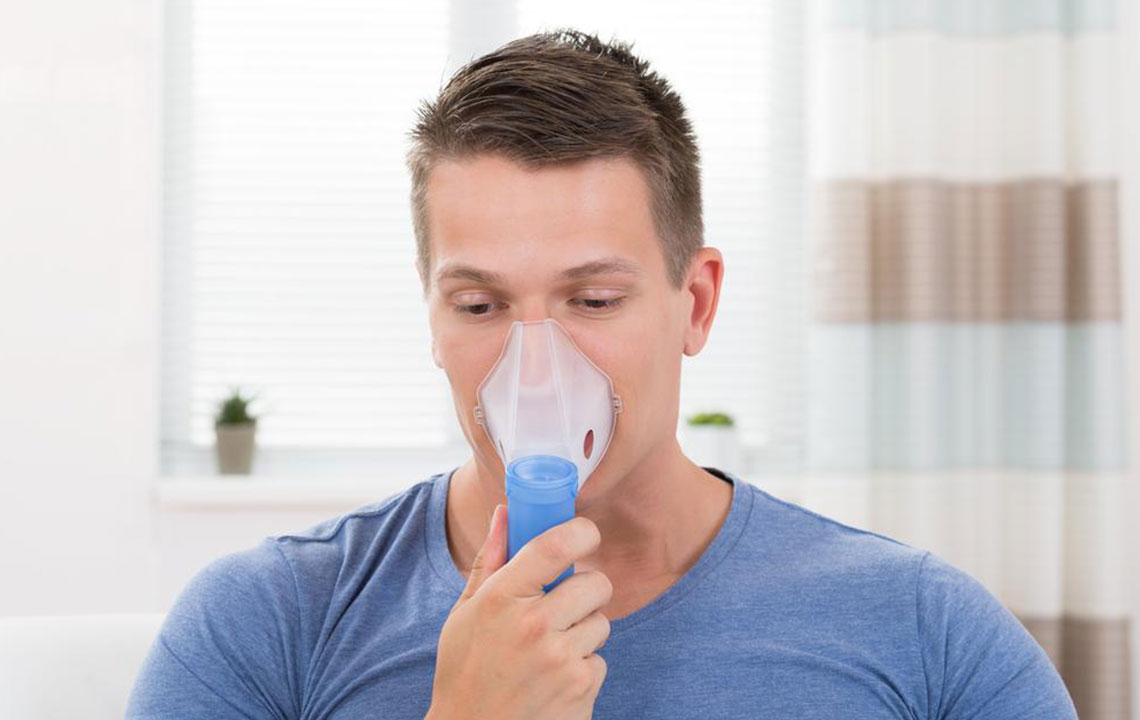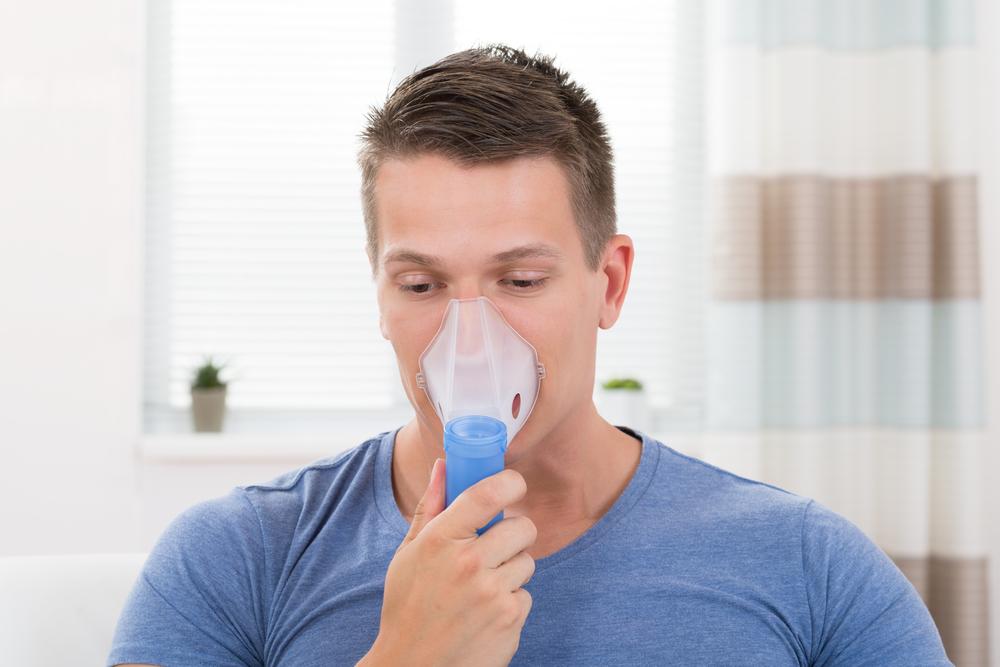A Complete Guide to COPD Stages and Management
This comprehensive guide explains the four stages of COPD, their symptoms, and available treatments. Early diagnosis and personalized management strategies are essential to improve patients' quality of life and slow disease progression. Learn how COPD affects lung function over time and the importance of medical intervention at each stage.
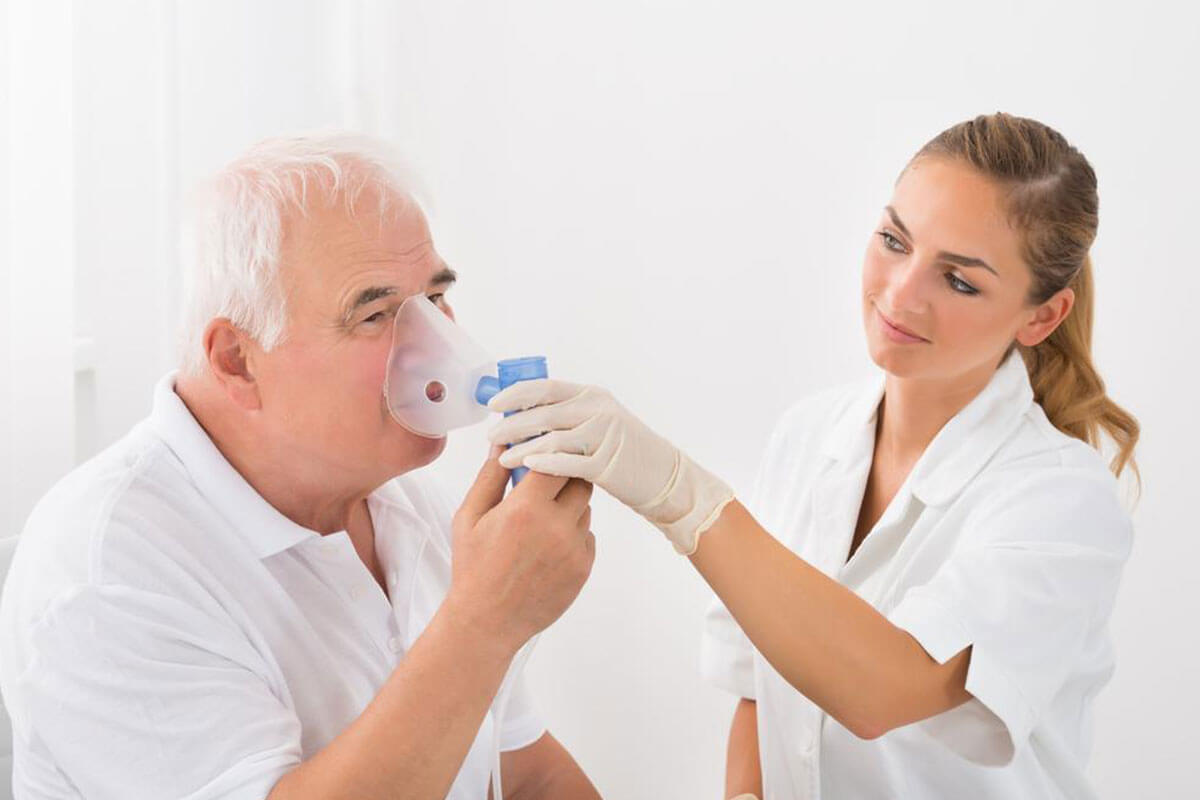
A Complete Guide to COPD Stages and Management
Chronic Obstructive Pulmonary Disease (COPD) is a serious respiratory condition that hinders normal breathing. It includes diseases like chronic bronchitis and emphysema, which damage lung function over time. The progression of COPD occurs in four stages, worsening if left untreated. Recognizing these stages helps in symptom management and improving quality of life. COPD manifests through persistent cough, mucus overproduction, shortness of breath, wheezing, and chest tightness. It primarily affects middle-aged and older adults and is not contagious. Early diagnosis and appropriate treatment are key in controlling its progression.
As COPD advances, lung tissues become inflamed and damaged, resulting in reduced oxygen intake. The disease involves two main types: emphysema, characterized by damaged alveoli making exhalation difficult, and chronic bronchitis, which involves long-term inflammation of the airways. Risk factors include smoking, pollution, and allergens. Symptoms intensify over time, necessitating medical intervention. Treatment options include medications, inhalers, oxygen therapy, and in severe cases, ventilatory support. Understanding COPD stages enables patients and healthcare providers to tailor effective management strategies and slow disease progression.
Stage 1 – Mild COPD
In this initial phase, airflow limitations are minimal. Patients might experience a chronic cough and increased mucus production, often going unnoticed. Lung function tests help detect early changes. Early diagnosis is crucial to prevent further deterioration.
Stage 2 – Moderate COPD
Symptoms like persistent cough, mucus, and breathing difficulty become more prominent. Patients seek medical help at this stage. Treatment includes prescribed medications, inhalers, and nebulizers to aid breathing.
Stage 3 – Severe COPD
Progressive decline leads to intensified symptoms, including frequent coughing and mucus buildup. Oxygen therapy may be necessary, and patients are more vulnerable to respiratory infections. Treatments involve bronchodilators, ventilator support, and other interventions to improve breathing.
Stage 4 – Very Severe COPD
At this final stage, lung function is severely compromised. Symptoms worsen, and life quality diminishes significantly. Risk of respiratory failure and heart complications like cor pulmonale increases. Advanced treatments, such as tracheostomy and long-term ventilation, are often required to sustain life.
Understanding the stages of COPD is vital for effective management. Early detection and tailored treatment plans can significantly enhance quality of life and slow disease progression. Consulting healthcare professionals promptly is essential for personalized care and better outcomes.

